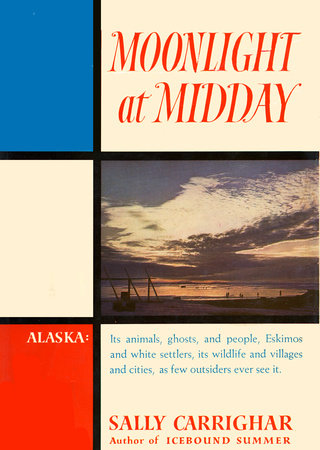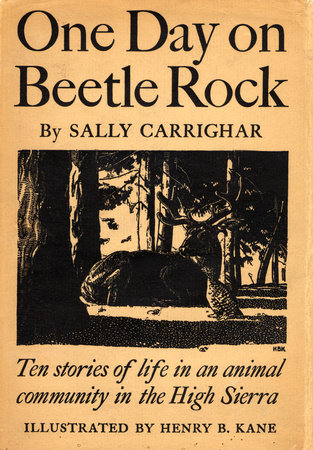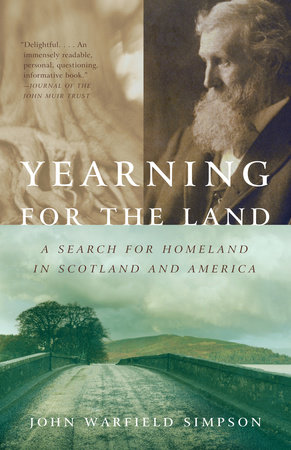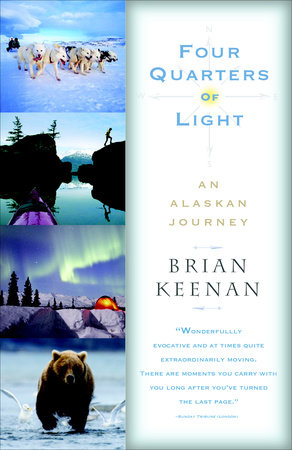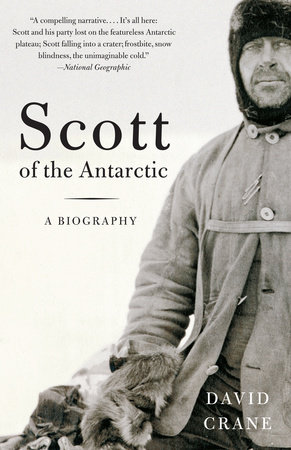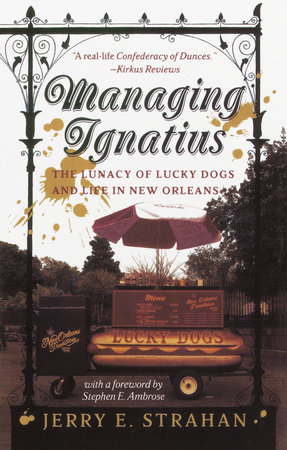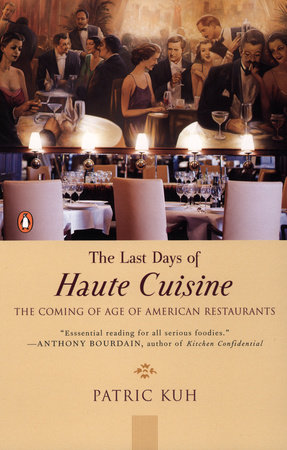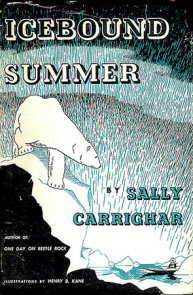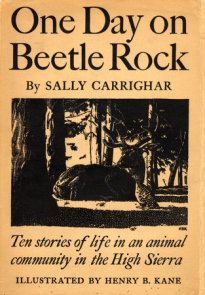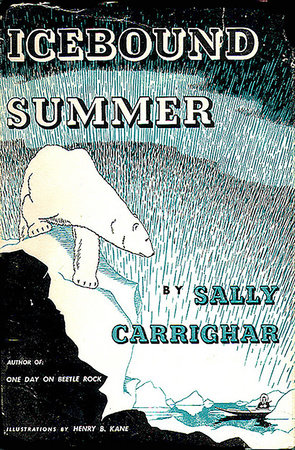This is the real Alaska, the Alaska few outsiders know. It is the human scene, described in intimate and authentic detail. No one except a gift naturalist could have written this book, for Sally Carrighar has eyes that see, trained eyes that see what others pass by.
Icebound Summer was the first book to come from her Alaskan experience, and now she brings her marvelous perceptiveness to a book that deals not only with the flora and fauna and majestic scenery of Alaska, but with its fascinating people and their way of life as well. Much of the book concerns Eskimo settlements well off the tourist track, and other things that casual travelers do not see, such as the winter life of modern pioneers in those two gold-rush cities, Nome and Fairbanks.
Eskimos have enchanted most Arctic explorers with their dancing, ivory-carving, singing, and festivals; but they are really most engaging when known as friends—when one is allowed to glimpse their courtship and marriage customs, family life, racial beliefs; when one learns their fears and hopes as they try to straddle two cultures.
Miss Carrighar came to the remote village of Unalakleet as a naturalist, sharing the Eskimos’ interest in wildlife. One said to her: “You are the first white person who ever stayed here that didn’t come to teach us, or to preach to us, or to sell us things.” As their companion in whaling and trapping, Miss Carrighar had a change to observe them as few even among people born in Alaska have. She is known now throughout the North as a champion of the Eskimos.
Just as far from the itinerary of tourists is the daily life of the white settlers. Of this too Miss Carrighar writes as a participant; she bought and restored a gold-rush house teetering on Nome’s permafrost, and is an authority on the special problems of living in the North.
Northerners, both white and native, weave their lives into a web of mutual helpfulness. When the days are frigidly cold and a midday moon shines on a sunless land, Alaskans draw close in an ancient, instinctive humanity common to all of us, but often obscured in the rush of civilized living. The illumination of Miss Carrighar’s love for Alaska, as well as her scientist’s perceptiveness, make this a remarkable book.
